In the upcoming 2019, the mobile phone industry will undoubtedly usher in a tremendous technological change.
Editor’s note: This article is from WeChat public account “ Three Easy Life ” ( ID: IT-3eLife), author of Trichomonas. For the entire smartphone industry, 2019 is undoubtedly the most challenging year in recent years. Whether it is the first commercial 5G network, the first show of folding screen models, the rise of ultra-high-pixel multi-camera solutions , Or chip makers’ hegemony after many years and so on. If you hadn’t experienced it from the beginning of the year to the end of the year, and you still participated in the release of various new machines until December, we would be really hard to imagine that in this short period of time, the entire industry would have experienced this. Much change. 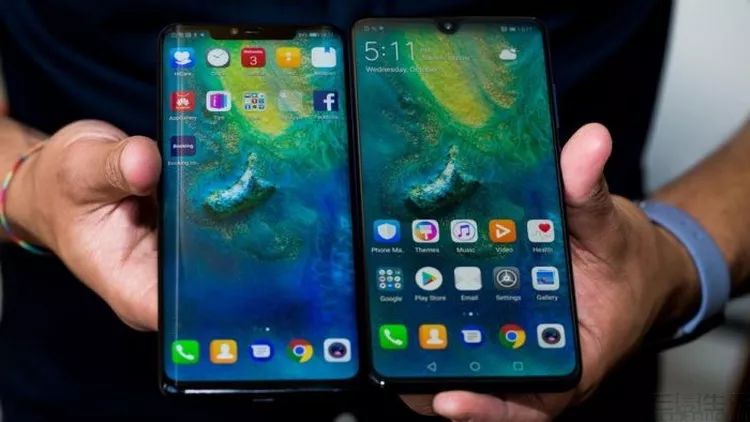
However, this is the case The situation is obviously not a bad thing. On the one hand, fierce competition has greatly promoted the upgrading of new technologies, so that a part of consumers with sufficient budgets can experience future device forms and communication methods earlier; on the other hand, this fast-paced and high-threshold industry situation, It will also help to eliminate some relatively backward enterprises and improve the overall quality of products in the entire market. Ultimately, it will benefit consumers. Imagine that compared to the era when smartphones were “full of flowers” a few years ago, even major brands have made great progress in terms of performance and reliability even for entry-level products. This is obviously the increase in the threshold of the industry. the benefits of.
Of course, most of the above mentioned are still superficial and large-scale market performance. For the smartphone industry that is about to bid farewell to 2019, in fact, there have been many more eye-catching and more significant changes. Let ’s take a look at Sanyi Life. Let ’s take a look at the hot topics and events in the industry that deserve our attention in the past 12 months.
5G, from single-mode and dual-mode to a global debate
In 2019, the most important technology breakthrough in the smart phone industry is of course 5G, and the biggest controversy is undoubtedly related to 5G. As early as this year, I personally experienced 5G networks at the MWC venue, and after participating in multiple domestic 5G pre-commercial experience activities, Sanyi Life raised such a question at that time.The 4G network (LTE-A Pro network with a bandwidth of up to 3000Mbps, which is more than the current 1000Mbps of 5G) is in good condition. Should we meet the early 5G standard at a huge cost and high user replacement costs?
Unfortunately, at that time, our question did not get much attention. But just a few months later, the controversy over “early 5G” has attracted public attention in another form. This is the “5G dual-mode” controversy that broke out in the middle of this year.
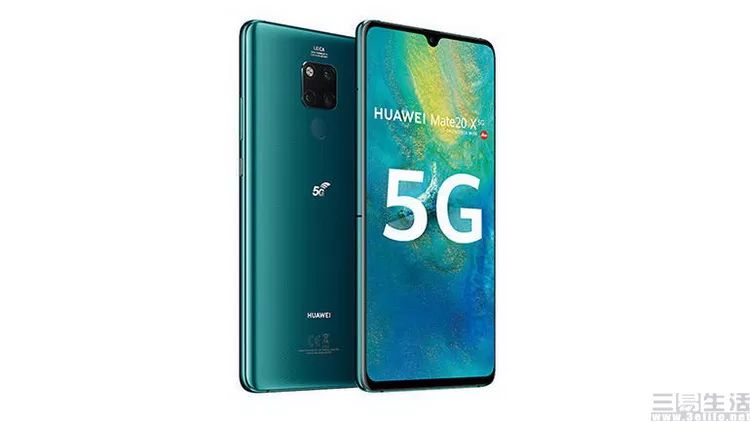
Actually now In retrospect, the controversy over 5G dual mode is very simple in nature, that is, the operator chose the NSA (non-independent networking) method to build the early 5G network. Most mobile phone manufacturers have also generally launched to support this network. The first batch of 5G models. At this time, Huawei, which already supports NSA / SA dual-mode 5G networking technology, naturally hopes to self-promote. This is not only to show the objective leadership of its 5G technology at the time, but also to help promote the relevant 5G base stations of SA networking business.
To be fair, holding a more advanced technology card in your hand, and any manufacturer that wants to change will definitely want to self-promote, which is nothing wrong. However, the SA networking technology that was born at that time was declared as “true 5G”, but the NSA networking that has been widely recognized internationally has been dismissed as “fake”. Such publicity means are not only contrary to the facts, but also not clever. .

Moreover, Tests from official agencies show that SA is not necessarily faster …
After all, the so-called 5G technology is essentially a fairly large collection. In the case of networking, both NSA and SA are just two different implementations under the technical branch of the Sub 6GHz frequency band. In addition to SA and NSA, the core communication technology of 5G also includes millimeter waves, DSS (spectral multiplexing), 4G and 5G superimposition, 5G multi-card multi-standby, etc., so of course we cannot say that all Which of the technologies is “true” and the other is “false”. And further, if a 5G phone is justSupports the dual-mode NSA and SA modes of the Sub 6G band, but its competitors not only support dual-mode, but also millimeter-wave, dual-card dual-standby, spectrum multiplexing, and carrier aggregation. In this case, who can be said to be true and who is false?

Because In this way, when the time advanced to December this year, after the release of MediaTek Teana 1000, Qualcomm Snapdragon 765 / 765G, and Snapdragon 865, the previous argument about “supporting SA is true 5G” disappeared on the Internet almost instantly. No trace. Instead, there is a discussion about whether 5G mobile phones can support overseas standards and whether they can achieve “5G Global Connect” abroad. Obviously, this is actually a “word of mouth battle” at the market level, but the two parties’ positions in technology Now it is reversed, it is quite dramatic.
Folding screens are still immature, and four shots on the outsole cause designers to panic?
When MWC was reported at the beginning of the year, we at Sanyi Life concluded that there were two main hotspots at the time. The first was 5G and the other was a folding screen. Just when the year is coming to an end, 5G has technically developed to the second or even the third generation, and when the 5G mobile phone has also dropped to a minimum of 2,000 yuan, what about the folding screen model? However, it is still on the edge of “difficult labor”, and so far only three brands have launched four products.

There have been quality problems, and the Samsung Galaxy Fold has been rebuilt. Why does it take nearly a year for the folding screen model to fail to develop? On the one hand, as a new mobile device form, it takes a long time to cultivate in the software ecology. At present, the APP display adaptation necessary for folding screen models is obviously not very popular, and naturally limits the practicality of related products. Sex. But more importantly, friends who are concerned about our lives in Sanyi know that we have given everyone more than one time science popularization of the inherent weaknesses in the structure of the folding screen itself-in simple terms, at the current level of technologyNext, as long as the folding screen is destined to be less durable. 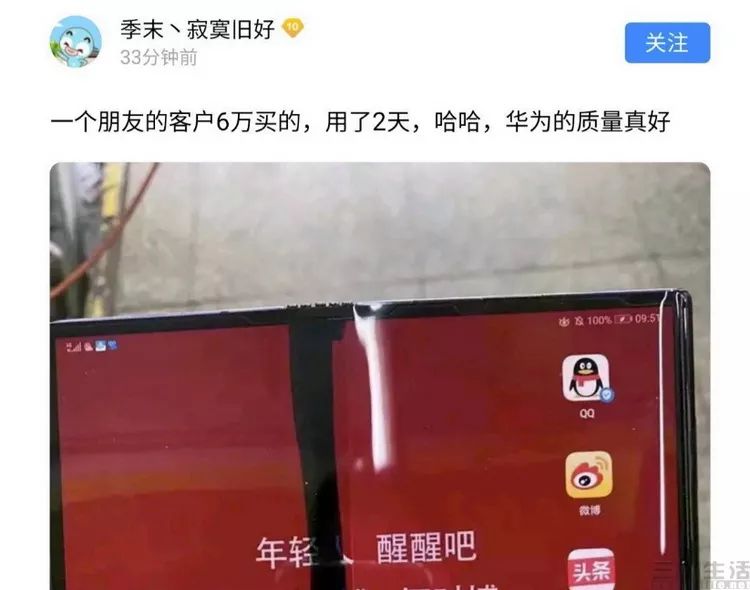
Huawei Mate X that also has quality problems
Because of this, no matter Samsung, Huawei or Rouyu, high-pricing strategies are generally adopted to limit and screen the user groups of such products. Not to mention that both Samsung and Huawei’s folding screen models have undergone “refurbishment and rebuild”. The cost is rising, not to mention, and the durability after rebuild is not necessarily much higher. Obviously, after seeing this situation, it is not difficult to understand why other brands are generally “distinguishable” from it.
So the question arises, what have the mainstream mobile phone manufacturers been doing in the past year?
Obviously, the 5G mobile phones we talked about before are of course the target of many brand pursuits. But in addition, the price is easier to be accepted by the public, and the function is also more “plain”. The outsole, high-pixel, ultra-multi-camera solution has become more popular in 2019, and it has become a technology trend sweeping the entire industry. .

Macro images we took with Xiaomi CC9 Pro
In all fairness, we have n’t missed the high-pixel design on Diss phones in the past. Compared with the classic 12 million full-pixel dual-core solution in the previous two years, no matter whether it is 40 million, 48 million, or 64 million-pixel “new” CMOS, there are generally slow focusing speeds, macros that are out of focus, and full-pixel mode. There are many noises, the actual image quality improvement is not proportional to the pixels (or even reverse), and so on. However, it must be said that when the ultra-high pixel design on the mobile phone entered the 100 million era at the end of 2019, thanks to the indeed greatly increased CMOS area and the use of many auxiliary focusing and AI noise reduction technologies, “high-pixel camera phones “Finally, we have established our first position in the industry on key imaging quality, and point out the direction for the entire industry in 2020.
 Of course, ultra-high pixels and multi-cameras are not completely free of cost, and their performance on mobile phones And the cost pressure is still second, the most terrible is that these more and more and more and more camera modules have greatly hindered the internal structure and external design of the phone itself. Using a certain brand In the original words at the press conference, today’s four-camera phones are simply a nightmare for designers.
Of course, ultra-high pixels and multi-cameras are not completely free of cost, and their performance on mobile phones And the cost pressure is still second, the most terrible is that these more and more and more and more camera modules have greatly hindered the internal structure and external design of the phone itself. Using a certain brand In the original words at the press conference, today’s four-camera phones are simply a nightmare for designers.
The 5G chip solution is replaced three times a year, and the era of blossoming flowers is back Speaking of the changes in the smartphone industry, the chip solution, which is the core component of the mobile phone, is definitely inseparable. At this point, it has to be said that 5G is indeed an injection of cardiotonics to the entire industry. Because in the year of 2019, the chip solutions of flagship smartphones not only experienced more upgrades than in previous years, but even the market pattern itself has rarely returned to the era of “bright flowers”. 
At the beginning of the year At MWC, we first saw the first batch of flagship 5G mobile phone solutions. They were Qualcomm’s Snapdragon 855 + Snapdragon X50 baseband, Samsung’s Exynos 9820 + Exynos 5100 baseband, and Huawei’s Kirin 980 + Barron 5000 baseband. . At that time, Samsung’s solution was the most advanced in all aspects, and it did participate in the 5G performance testing of domestic operators later, but I don’t know why the Galaxy S10 5G did not finally go on sale in China, which means 2019 In the middle of the year, the earliest first batch of 5G “Pioneer Plan” users, in fact, only the Snapdragon 855 and Kirin 980 two external baseband 5G solutions to choose from.
By the fall of 2019, Kirin 990 5G, the first newly designed 5G mobile phone solution, is finally available. Although it does not use the latest technology in the CPU and GPU architecture, its integrated 5G baseband performance is even lower than that of the independent Baron 5000, but objectively speaking, it is the industry ’s first 7nm EUV process integration. 5G SoC, no matter from the design ideas or the level of support for 5G networks, it is actually no problem to call the Kirin 990 5G a “second generation 5G chip”.
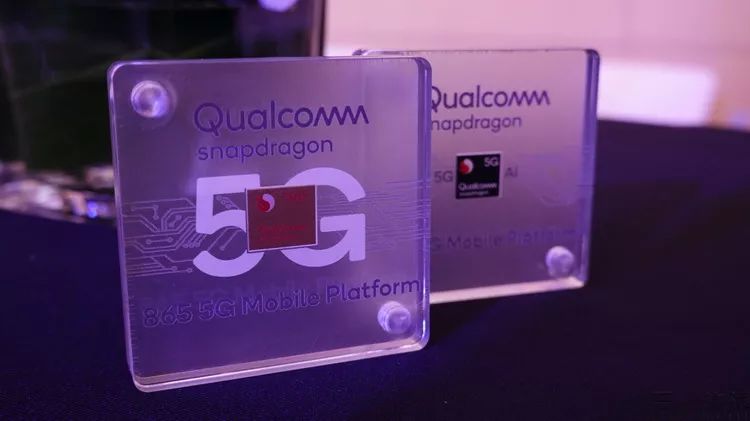
But 5G The progress of mobile phones in 2019 has not stopped at the “second generation”, because just recently, with the release of Samsung Exynos 980, Exynos 990, MediaTek Teana 1000, Qualcomm Snapdragon 865, Snapdragon 765 / 765G 5G mobile chip solutions have entered a whole new era in terms of technology and network support.
Compared with the previous Kirin 990 5G, the “third generation” 5G solutions not only have stronger basic performance, the most important thing is that they generally support including Sub 6G dual mode, millimeter wave, carrier aggregation, dual card dual standby, etc. Updated fuller 5G network functions. Whether it is support for “5G Global Connect” in the short term, or compatibility with new domestic 5G standards will be better in the future.
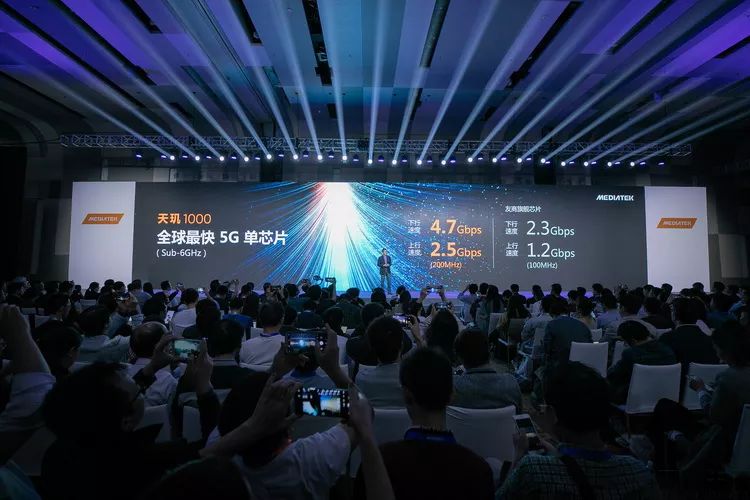
MediaTek has risen again
And I believe everyone can see that in this wave of “third-generation 5G chips”, although Qualcomm is still the one with the highest volume and the highest performance (Snapdragon 865), whether it is in The flagship market is still in the mid-range, and Samsung and MediaTek’s entry this time has given mobile phone manufacturers and consumers more choice. This is obviously a good thing from both a healthy competition in technology and a product price / performance perspective.
Super fast charging has become the industry standard, but the battery density needs to be broken. Finally, after reviewing 5G, photos, folding screens and chips, let’s turn our attention to mobile phones. The key to all this experience-the battery.
Yes, 5G requires more than ten or twenty antennas, which is very power-hungry. Although the image quality of the large and large camera modules is good, it is also very power-hungry. Although the form of the folding screen is new technology, it is larger. The screen also inevitably brings greater power consumption; not to mention the new chip with greatly improved performance … In short, no matter which technological progress is made, it is basically at the expense of power consumption.
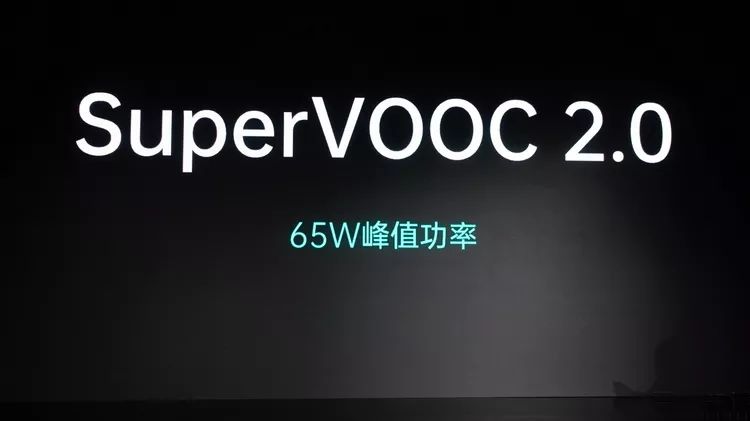
As a result, the technology improvement of mobile phone batteries in 2019 is very small It also shows up. Although strictly speaking, there are still some improvements. For example, 4500mAh or even 5000mAh large-capacity batteries are commonly used today, and these batteries also generally use ultra-low internal resistance design in order to be compatible with high-power Fast charge. With the blessing of 40W, 45W or even 65W super fast charge, half an hour or forty minutes of full power is nothing new. But to improve the user experience, super fast charge is obviously far from a certain level. 5G, photography and higher performance are important.
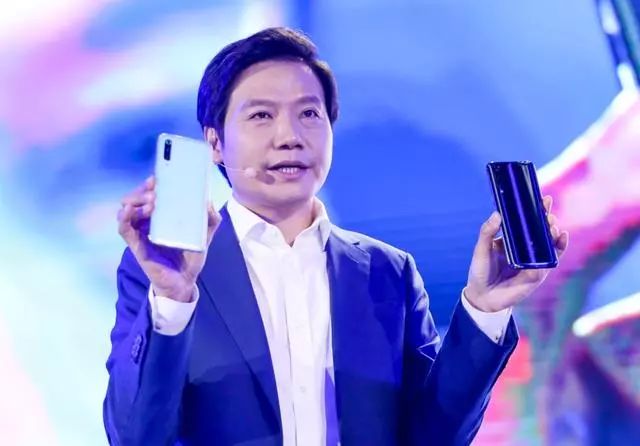
Xiaomi 9 Pro 5G claims that it will not be a half-pound machine, but it is not very light.
However, although cell phone manufacturers all know how to make batteries larger and have worked hard to develop ultra-fast charging technology, the energy density of the batteries themselves has not improved much in the past year. And the result is that with the joint efforts of improved performance, faster Internet speeds, enhanced photography, and larger batteries, many of today’s products have become large, thick, and heavy “half-pound machines, tiles. machine”.
I have to say that this is indeed a frustrating situation, but because bad conditions are widespread, this may have inspired some manufacturers to pay attention to this problem and try to solve it. For example, recently, it was reported that Samsung has equipped a special 5000mAh battery from LG on the Galaxy S11 +. The reason why it is special is because LG does not know what black technology is used. Group of technologies?), Stiffly increased the density of the new battery by more than 50%, making the 5000mAh battery even smaller than many 3000mAh batteries.
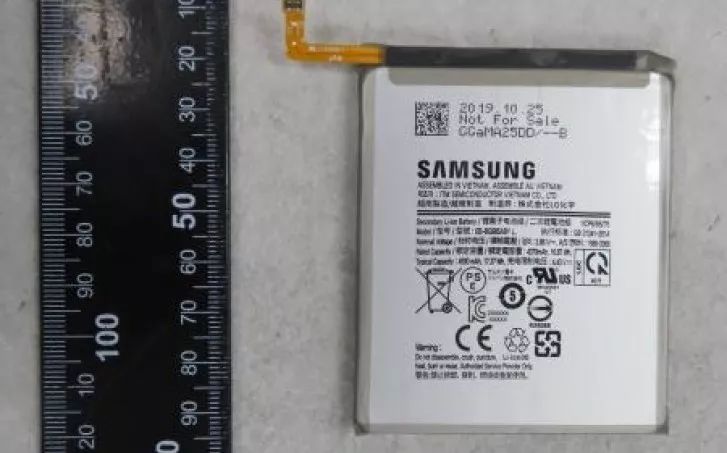 Obviously, if LG ’s technology can prove its reliability, it will hopefully become one of the biggest technological breakthroughs in the smartphone industry in 2020. Of course, if this brand-new battery If it is a high-cost black technology product, it also means that at least for a period of time, it will only be a flagship product such as the Galaxy S11 + and Apple iPhone 12 Pro MAX. If you expect it It may take a few more years to achieve universality.
Obviously, if LG ’s technology can prove its reliability, it will hopefully become one of the biggest technological breakthroughs in the smartphone industry in 2020. Of course, if this brand-new battery If it is a high-cost black technology product, it also means that at least for a period of time, it will only be a flagship product such as the Galaxy S11 + and Apple iPhone 12 Pro MAX. If you expect it It may take a few more years to achieve universality.



When MWC was reported at the beginning of the year, we at Sanyi Life concluded that there were two main hotspots at the time. The first was 5G and the other was a folding screen. Just when the year is coming to an end, 5G has technically developed to the second or even the third generation, and when the 5G mobile phone has also dropped to a minimum of 2,000 yuan, what about the folding screen model? However, it is still on the edge of “difficult labor”, and so far only three brands have launched four products.

There have been quality problems, and the Samsung Galaxy Fold has been rebuilt. Why does it take nearly a year for the folding screen model to fail to develop? On the one hand, as a new mobile device form, it takes a long time to cultivate in the software ecology. At present, the APP display adaptation necessary for folding screen models is obviously not very popular, and naturally limits the practicality of related products. Sex. But more importantly, friends who are concerned about our lives in Sanyi know that we have given everyone more than one time science popularization of the inherent weaknesses in the structure of the folding screen itself-in simple terms, at the current level of technologyNext, as long as the folding screen is destined to be less durable. 
Huawei Mate X that also has quality problems
Because of this, no matter Samsung, Huawei or Rouyu, high-pricing strategies are generally adopted to limit and screen the user groups of such products. Not to mention that both Samsung and Huawei’s folding screen models have undergone “refurbishment and rebuild”. The cost is rising, not to mention, and the durability after rebuild is not necessarily much higher. Obviously, after seeing this situation, it is not difficult to understand why other brands are generally “distinguishable” from it.
So the question arises, what have the mainstream mobile phone manufacturers been doing in the past year?
Obviously, the 5G mobile phones we talked about before are of course the target of many brand pursuits. But in addition, the price is easier to be accepted by the public, and the function is also more “plain”. The outsole, high-pixel, ultra-multi-camera solution has become more popular in 2019, and it has become a technology trend sweeping the entire industry. .

Macro images we took with Xiaomi CC9 Pro
In all fairness, we have n’t missed the high-pixel design on Diss phones in the past. Compared with the classic 12 million full-pixel dual-core solution in the previous two years, no matter whether it is 40 million, 48 million, or 64 million-pixel “new” CMOS, there are generally slow focusing speeds, macros that are out of focus, and full-pixel mode. There are many noises, the actual image quality improvement is not proportional to the pixels (or even reverse), and so on. However, it must be said that when the ultra-high pixel design on the mobile phone entered the 100 million era at the end of 2019, thanks to the indeed greatly increased CMOS area and the use of many auxiliary focusing and AI noise reduction technologies, “high-pixel camera phones “Finally, we have established our first position in the industry on key imaging quality, and point out the direction for the entire industry in 2020.

The 5G chip solution is replaced three times a year, and the era of blossoming flowers is back Speaking of the changes in the smartphone industry, the chip solution, which is the core component of the mobile phone, is definitely inseparable. At this point, it has to be said that 5G is indeed an injection of cardiotonics to the entire industry. Because in the year of 2019, the chip solutions of flagship smartphones not only experienced more upgrades than in previous years, but even the market pattern itself has rarely returned to the era of “bright flowers”. 
At the beginning of the year At MWC, we first saw the first batch of flagship 5G mobile phone solutions. They were Qualcomm’s Snapdragon 855 + Snapdragon X50 baseband, Samsung’s Exynos 9820 + Exynos 5100 baseband, and Huawei’s Kirin 980 + Barron 5000 baseband. . At that time, Samsung’s solution was the most advanced in all aspects, and it did participate in the 5G performance testing of domestic operators later, but I don’t know why the Galaxy S10 5G did not finally go on sale in China, which means 2019 In the middle of the year, the earliest first batch of 5G “Pioneer Plan” users, in fact, only the Snapdragon 855 and Kirin 980 two external baseband 5G solutions to choose from.
By the fall of 2019, Kirin 990 5G, the first newly designed 5G mobile phone solution, is finally available. Although it does not use the latest technology in the CPU and GPU architecture, its integrated 5G baseband performance is even lower than that of the independent Baron 5000, but objectively speaking, it is the industry ’s first 7nm EUV process integration. 5G SoC, no matter from the design ideas or the level of support for 5G networks, it is actually no problem to call the Kirin 990 5G a “second generation 5G chip”.

But 5G The progress of mobile phones in 2019 has not stopped at the “second generation”, because just recently, with the release of Samsung Exynos 980, Exynos 990, MediaTek Teana 1000, Qualcomm Snapdragon 865, Snapdragon 765 / 765G 5G mobile chip solutions have entered a whole new era in terms of technology and network support.
Compared with the previous Kirin 990 5G, the “third generation” 5G solutions not only have stronger basic performance, the most important thing is that they generally support including Sub 6G dual mode, millimeter wave, carrier aggregation, dual card dual standby, etc. Updated fuller 5G network functions. Whether it is support for “5G Global Connect” in the short term, or compatibility with new domestic 5G standards will be better in the future.

MediaTek has risen again
And I believe everyone can see that in this wave of “third-generation 5G chips”, although Qualcomm is still the one with the highest volume and the highest performance (Snapdragon 865), whether it is in The flagship market is still in the mid-range, and Samsung and MediaTek’s entry this time has given mobile phone manufacturers and consumers more choice. This is obviously a good thing from both a healthy competition in technology and a product price / performance perspective.
Super fast charging has become the industry standard, but the battery density needs to be broken. Finally, after reviewing 5G, photos, folding screens and chips, let’s turn our attention to mobile phones. The key to all this experience-the battery.
Yes, 5G requires more than ten or twenty antennas, which is very power-hungry. Although the image quality of the large and large camera modules is good, it is also very power-hungry. Although the form of the folding screen is new technology, it is larger. The screen also inevitably brings greater power consumption; not to mention the new chip with greatly improved performance … In short, no matter which technological progress is made, it is basically at the expense of power consumption.

As a result, the technology improvement of mobile phone batteries in 2019 is very small It also shows up. Although strictly speaking, there are still some improvements. For example, 4500mAh or even 5000mAh large-capacity batteries are commonly used today, and these batteries also generally use ultra-low internal resistance design in order to be compatible with high-power Fast charge. With the blessing of 40W, 45W or even 65W super fast charge, half an hour or forty minutes of full power is nothing new. But to improve the user experience, super fast charge is obviously far from a certain level. 5G, photography and higher performance are important.

Xiaomi 9 Pro 5G claims that it will not be a half-pound machine, but it is not very light.
However, although cell phone manufacturers all know how to make batteries larger and have worked hard to develop ultra-fast charging technology, the energy density of the batteries themselves has not improved much in the past year. And the result is that with the joint efforts of improved performance, faster Internet speeds, enhanced photography, and larger batteries, many of today’s products have become large, thick, and heavy “half-pound machines, tiles. machine”.
I have to say that this is indeed a frustrating situation, but because bad conditions are widespread, this may have inspired some manufacturers to pay attention to this problem and try to solve it. For example, recently, it was reported that Samsung has equipped a special 5000mAh battery from LG on the Galaxy S11 +. The reason why it is special is because LG does not know what black technology is used. Group of technologies?), Stiffly increased the density of the new battery by more than 50%, making the 5000mAh battery even smaller than many 3000mAh batteries.
 Obviously, if LG ’s technology can prove its reliability, it will hopefully become one of the biggest technological breakthroughs in the smartphone industry in 2020. Of course, if this brand-new battery If it is a high-cost black technology product, it also means that at least for a period of time, it will only be a flagship product such as the Galaxy S11 + and Apple iPhone 12 Pro MAX. If you expect it It may take a few more years to achieve universality.
Obviously, if LG ’s technology can prove its reliability, it will hopefully become one of the biggest technological breakthroughs in the smartphone industry in 2020. Of course, if this brand-new battery If it is a high-cost black technology product, it also means that at least for a period of time, it will only be a flagship product such as the Galaxy S11 + and Apple iPhone 12 Pro MAX. If you expect it It may take a few more years to achieve universality.


Yes, 5G requires more than ten or twenty antennas, which is very power-hungry. Although the image quality of the large and large camera modules is good, it is also very power-hungry. Although the form of the folding screen is new technology, it is larger. The screen also inevitably brings greater power consumption; not to mention the new chip with greatly improved performance … In short, no matter which technological progress is made, it is basically at the expense of power consumption.

As a result, the technology improvement of mobile phone batteries in 2019 is very small It also shows up. Although strictly speaking, there are still some improvements. For example, 4500mAh or even 5000mAh large-capacity batteries are commonly used today, and these batteries also generally use ultra-low internal resistance design in order to be compatible with high-power Fast charge. With the blessing of 40W, 45W or even 65W super fast charge, half an hour or forty minutes of full power is nothing new. But to improve the user experience, super fast charge is obviously far from a certain level. 5G, photography and higher performance are important.

Xiaomi 9 Pro 5G claims that it will not be a half-pound machine, but it is not very light.
However, although cell phone manufacturers all know how to make batteries larger and have worked hard to develop ultra-fast charging technology, the energy density of the batteries themselves has not improved much in the past year. And the result is that with the joint efforts of improved performance, faster Internet speeds, enhanced photography, and larger batteries, many of today’s products have become large, thick, and heavy “half-pound machines, tiles. machine”.
I have to say that this is indeed a frustrating situation, but because bad conditions are widespread, this may have inspired some manufacturers to pay attention to this problem and try to solve it. For example, recently, it was reported that Samsung has equipped a special 5000mAh battery from LG on the Galaxy S11 +. The reason why it is special is because LG does not know what black technology is used. Group of technologies?), Stiffly increased the density of the new battery by more than 50%, making the 5000mAh battery even smaller than many 3000mAh batteries.
